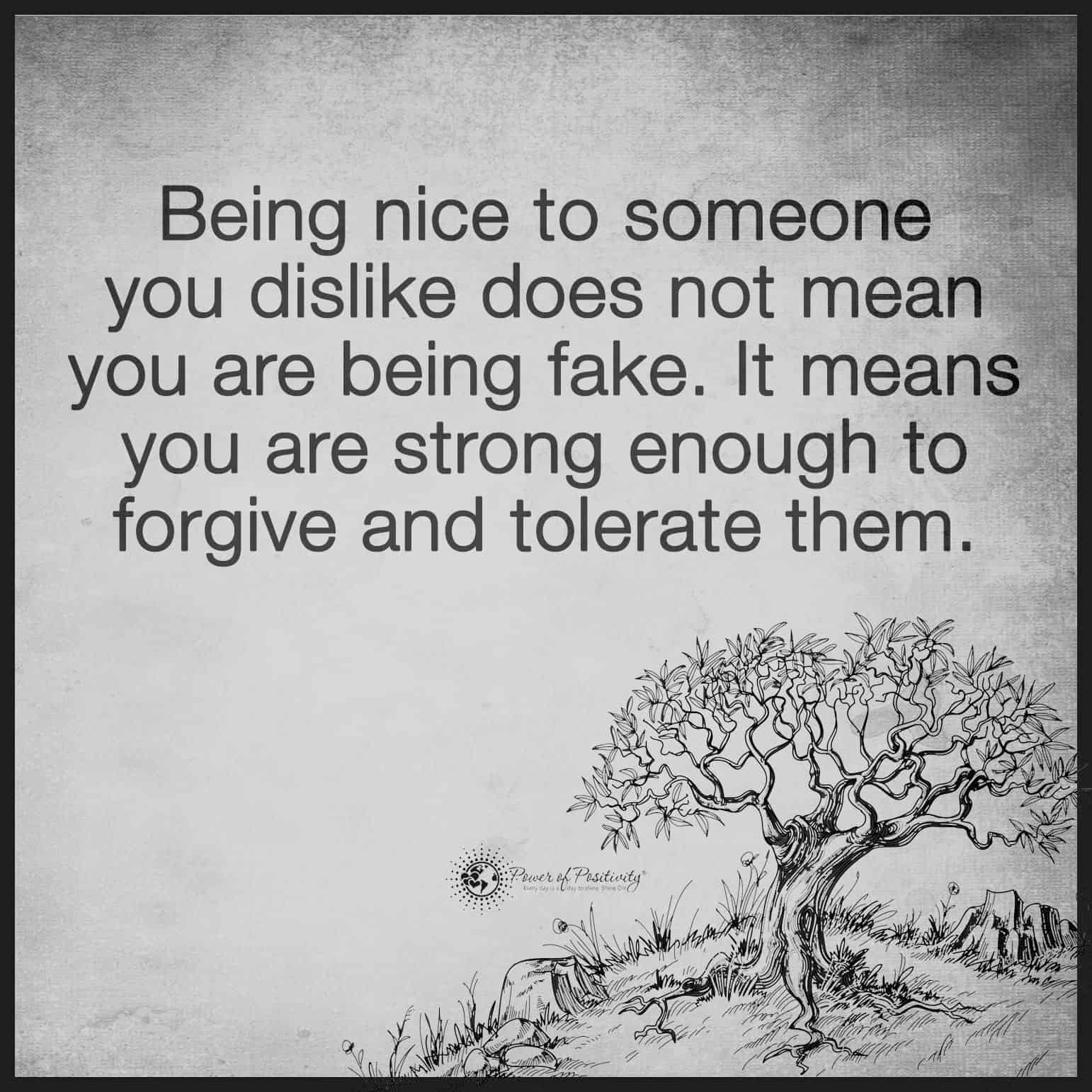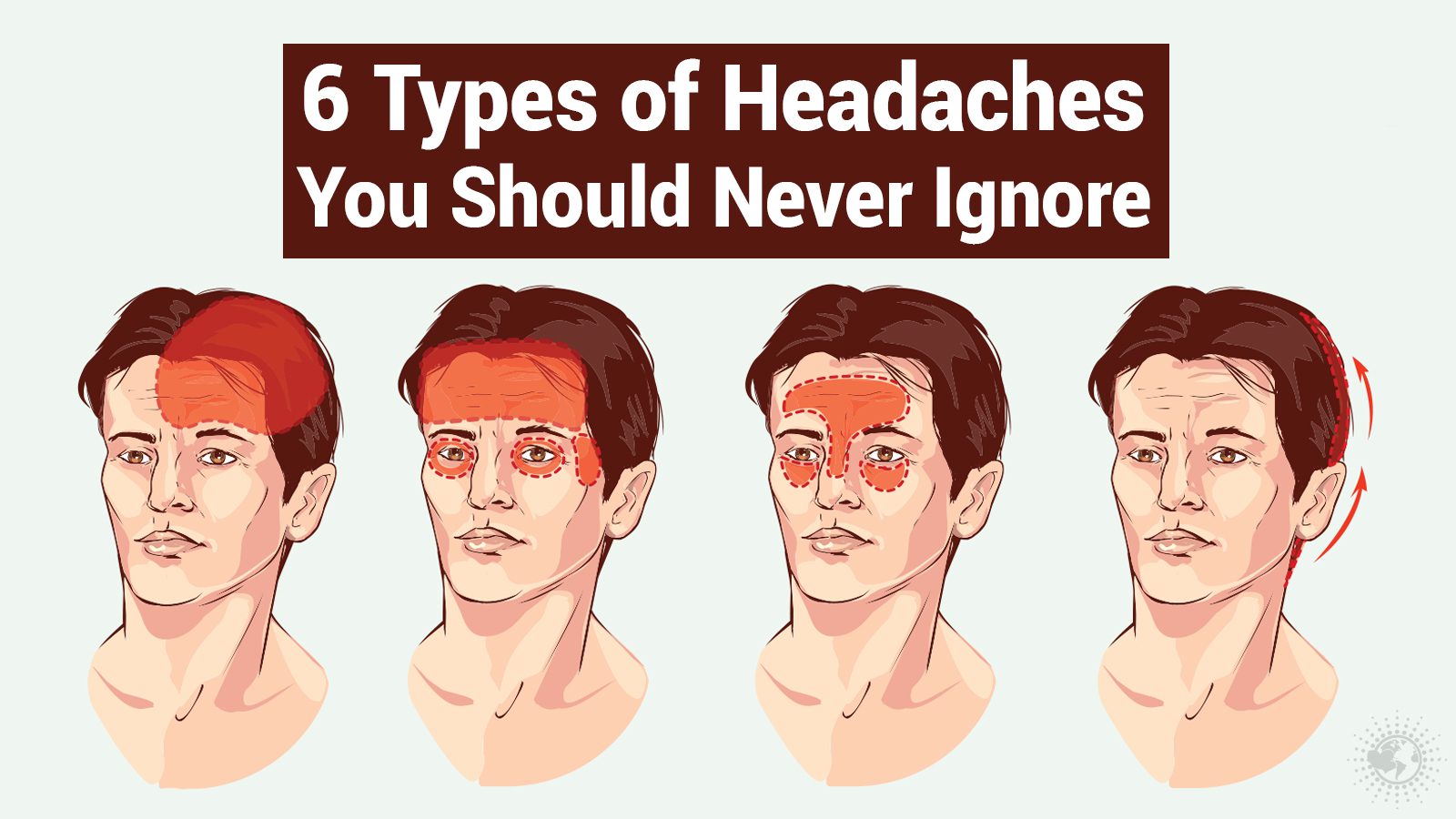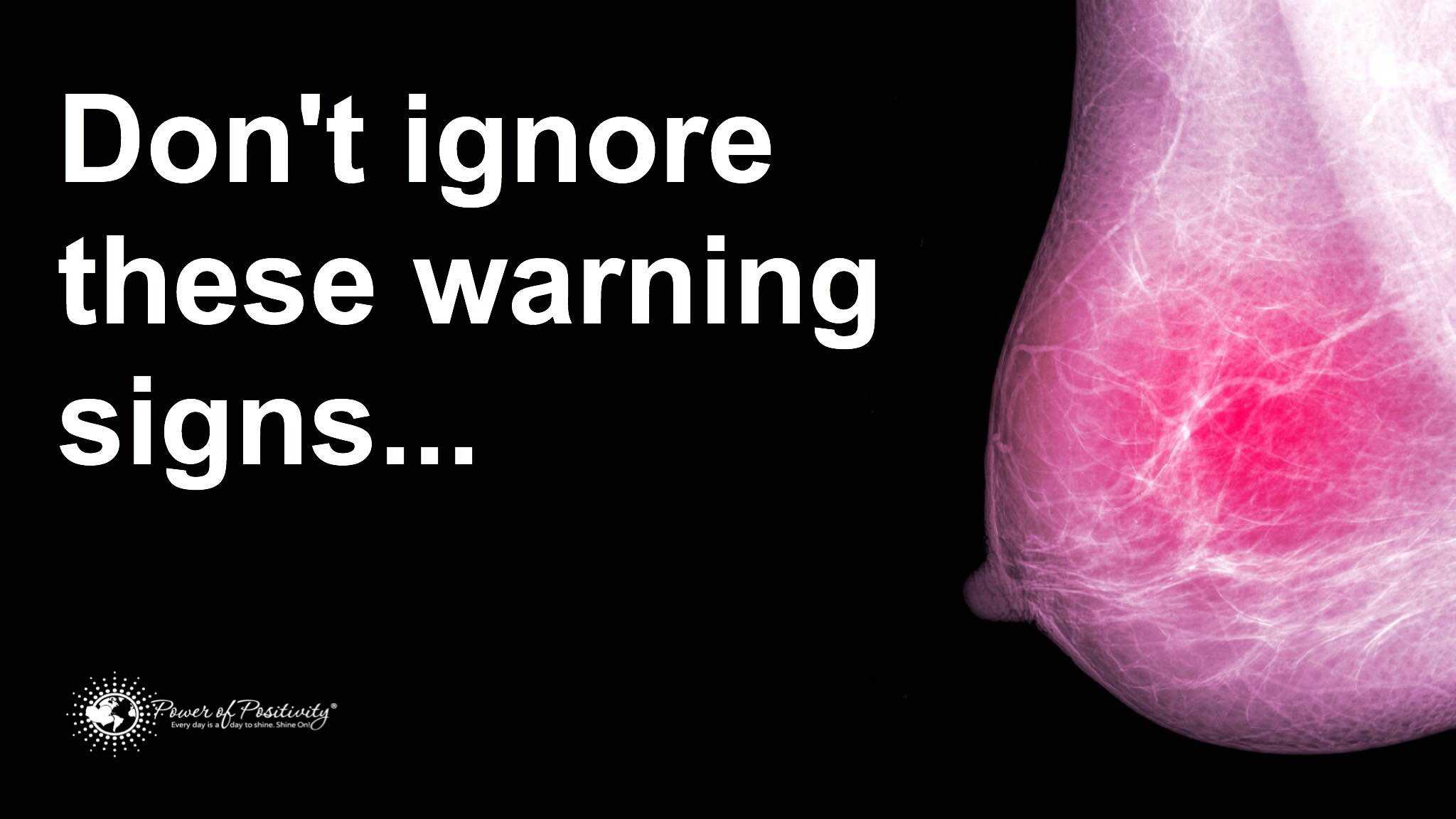Hoarding disorder is an unrelenting struggle to discard or part with personal possessions. It often starts with going to thrift stores, garage sales, digging in dumpsters, and it’s the fear of throwing away anything that can be used at a later date. Soon the hoard begins to take over your home and life.
Many hoarders can’t pass a dumpster or a large curbside of rubbish without peeking through the contents. It’s common to brush over the issue and say that a person is a “pack rat,” but this issue is a mental illness that is part of an anxiety disorder.
Hoarding is a type of obsessive-compulsive disorder where a person feels compelled to grow their collections out of fear or angst. Some will have a “clean hoard,” meaning that they try to keep things organized and kempt. Then there’s a traditional hoard that takes over their home and life.
While one in four people will suffer from OCD, it’s estimated that one out of every 20 of those people will have this hoarding disorder. Strangely, it often affects men more so than women.
The Various Types of Hoarding
Did you know that there are five levels of hoarding? This mental illness has degrees in severity, just like anything else. You may be a mild hoarder, or your hoard may be so severe that it’s caused structural damage to the home. Here are the five types of hoarders to explore.
• Level One
The first level of hoarding is not severe as these people often have few signs of the disorder. There are light amounts of clutter that is noticeable, and an odor within the home is possible. Thankfully, the doors and stairways are still accessible, and there are little to no areas of animal waste in the house.
At this level, it’s hard to identify that someone has a hoarding disorder due to the lack of clutter. Still, a hallmark sign is the inability to throw things away and stashing stuff they don’t need.
 • Level Two
• Level Two
A level two hoarder will start blocking the entrances/exits from the home. There could be one appliance that doesn’t work correctly as well as an HVAC system issue.
The clutter is becoming more noticeable and has taken over entire rooms. Some spaces may only have pathways to get through them. The sight of mold is also commonplace. There must also be things like:
•Pet Odors
•Litter Boxes full of Feces
•Obvious Neglect for Animals
•Feces on the Ground
•Household Rodents
•Garbage Piling Up
•No Where to Sanitarily Prepare Food
In stage two, people don’t want you to come into their home as they’re embarrassed. It’s common for this person to have other underlying mental health issues such as depression and anxiety. They tend to isolate themselves from others socially.
• Level Three
By now, the hoard is getting severe. There will be visible clutter outside the home, and many of the appliances in the house don’t work anymore. Structural damage can occur from the hoard.
Pet hoarders will exceed the recommended amount for their home, and if there are fish tanks or other cages, they are severely neglected. The evidence of rodents is undeniable. It’s possible to hear and see rodents moving about in the home.
It’s common to find spider webs, fleas and be unable to get down the hallways due to the clutter. Other noticeable signs include:
•Bathroom is Unusable
•Dust is Thick and Covering Surfaces
•Dirty Clothes are Everywhere
•Garbage is All Over the Place
•Strong Odors Throughout the Home
•Electrical Outlets Are Blocked
The personal hygiene of this person also suffers. Their unhealthy eating habits may cause them to lose weight. They may be angry or combative when friends or family members want to come into the home. You’re likely not to be invited into a level three hoard without an argument.
• Level Four
By the time you get to a level four hoard, things are now severe. There is structural damage that has been there for months, the garbage is taking over the house, and the pets are everywhere. It’s common to see rotting foods on the counters or other household surfaces.
There is usually rotting animal waste everywhere too. Here are some other things that can be observed:
•Expired Food and Canned Goods
•No Sheets on Beds – Filthy Beds with Lice or Fleas
•A Thick Coating of Spider Webs
•Hearing Rodents and Bats in Attics and Walls
•Exits are Blocked
•No Clean Dishes or a Way to Eat Sanitarily
•Kerosene or Gas Stored in the Home
Due to the inability to use the facilities, it’s not uncommon for a person in a level four hoard to go without a shower for weeks. The mental decline is apparent, and they use what little energy they have on grandiose plans for their future.
• Level Five
The final and most severe hoarding disorder is level five. These individuals are living in a garbage dump. The home is unfit for habitation, the animals are sick and need care, and there is usually no running water or electricity.
The signs of rodents are prevalent, and there are fire hazards everywhere. A complete overhaul is needed if it’s salvageable. Here are some other things you may observe:
•Bathrooms and Kitchens Cluttered and Unusable
•Severe Structural Damage
•Possible Involvement with Authorities
•Human and Pet Feces Everywhere
•Non-working Refrigerator
•More than Four Pets Above Local Regulations
The mental illness of the hoarder is undeniable at this level. Most people cannot live or even sleep at home due to the state of the house. They may stay with a friend or family in the nighttime.
However, they are still very territorial of their home. The depression of the hoarder is overwhelming, as is their inability to see the condition for what it is.
10 Signs That You Have Hoarding Disorder
Does any of the levels of hoarding sound familiar to you or a loved one? How do you know if you have this type of obsessive-compulsive disorder? Here are ten signs that show that someone has a hoarding disorder.
1. Inability to Discard Everyday Items – Junk Mail/Containers
2. Stores Things in a Chaotic Manner
3. Extreme Attachment for their Possessions
4. Cannot Manage Daily Tasks Like Cooking and Cleaning
5. Can’t Make Decisions
6. The Clutter Brings Poor Quality of Life
7. Frequents Dumpsters, Thrift Stores, and Yard Sales
8. Often Buys Things for Others That Never Get to that Person
9. Buys Things They Don’t Need or Can’t Use
10. Goes in Debt or Lives in Poverty to Keep Gathering for Their Hoard
What Causes Hoarding Disorder?
Now you know what this disorder looks like, you should know why people do these things. OCD often starts due to childhood trauma. Many hoarders will have suffered from some sort of abuse or neglect in their formative years.
Did you know that a study showed that some people with hoarding issues also have autistic traits? The researchers believe there could be a common link between autism and the need to collect things.
These people put an emotional value on each of their items, and its worth is more than its monetary value. Many people with hoarding disorder do it to ease their anxiety. They may be afraid they will run out of food or not have clothes to wear.
The “stuff” that they surround themselves with makes them feel safe. They also know they can sell it if things ever get rough, at least in the initial stages. Traumatic events like losing a spouse or other loved one can trigger this behavior.
They may look at hoarding as a way to cope with the pain. The items they collect help to fill a void in their life that nothing else can.
 Final Thoughts on Tackling Hoarding Disorder Head-On
Final Thoughts on Tackling Hoarding Disorder Head-On
Someone with this form of obsessive-compulsive disorder needs to see their need for help. Don’t expect results overnight. It takes years and even decades to build a level five hoard, and it’s not going to go away in a day.
Even if you bring in a cleaning crew and get the home inhabitable condition, they may revert to their old ways. The best way to tackle this problem is to find out what is causing the anxiety and deal with it head-on.
Since this person uses things to help hide their emotions, it’s apparent that they don’t want to deal with the crux of the matter. Thankfully, the hoarding disorder can be beaten, but it’s going to take time and patience. Since this problem is often seen in older folks, they can’t see their way out of the mess.
They need help and support to get through this difficult time. Keep encouraging them that there is life after the clutter is gone, and they don’t have to live this way. Like all OCD disorders, it’s treated with a blend of herbs, medication, and counseling.
Sadly, many people lose their home and everything in it and relationships before they realize their need to make a change. Getting help is the first and most important step in the journey towards clearing the clutter both inside and out.

















